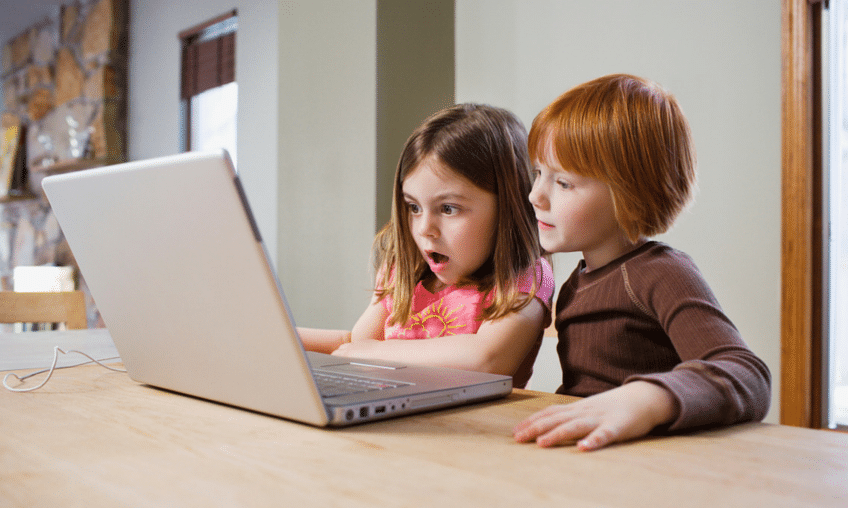YouTube, in particular, is an astoundingly popular platform with people watching 4 billion videos a day (and that’s a conservative estimate). There are two more stats that give us a good idea who watches a lot of those 4 billion per day:
Percentage of US Internet users aged 14-17 that use YouTube: 81.9%
2nd most popular search on YouTube: Minecraft (the most popular search is Music)
Unfiltered Content
What’s most worrying about this is that there is very little stopping kids from watching all kinds of mature content videos on YouTube. They can as easily find and watch Adventure Time as they can clips with strong language, nudity or real life violence.
Lots of Screen Time users have taken to blocking the YouTube app completely because of this. This will work for Android devices, but with most households having multiple devices available there are other avenues for kids to explore.
Also there is the option of installing the Youtube Kids app on your child’s device and adding the normal Youtube app to the Screen Time Blocked Apps list. The Youtube Kids app only has content that is suitable for kids. We’re testing this app at the moment and will write a separate blog post about its qualities.
Parental Controls (restricted mode)
YouTube has made an attempt at adding in some parental controls to their site to help filter unsafe content including turning off comments. You’ll see why I said ‘attempt’ later on (they’re not foolproof or extensive enough), but there are families out there that will find them useful.
How to enable restricted mode in the YouTube Android app
How to enable restricted mode in a Web browser
How effective is Restricted Mode?
Restricted mode does a good job doing the things that it says it will: it filters most unsafe content out and removes comments from videos. The problem is that it’s fairly easy for kids to bypass these filters by using incognito/safe mode on the browser, or by disabling it in the Android app, as there’s no password protection there. However it’s an extra level of parental control that’s better to have than to not.
Read more about parental controls on YouTube and parental controls on YouTube kids.


Join the conversation